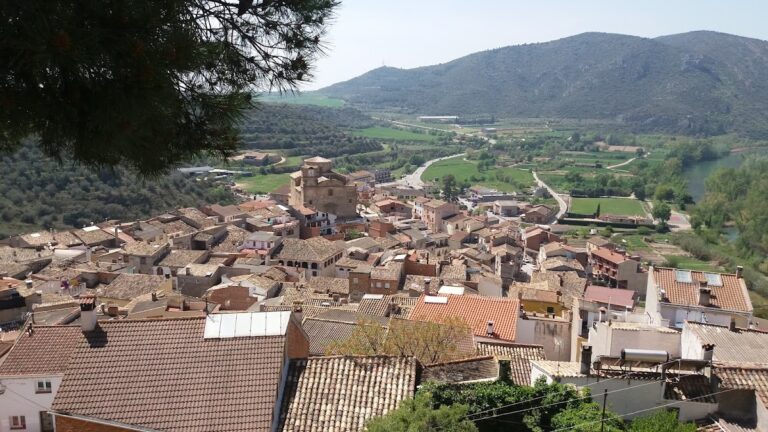Castell de Montsonís: A Historic Fortress in Catalonia, Spain
Visitor Information
Google Rating: 4.5
Popularity: Medium
Google Maps: View on Google Maps
Official Website: www.montsonis.org
Country: Spain
Civilization: Unclassified
Remains: Military
History
The Castell de Montsonís stands in the municipality of Foradada within Spain and was originally established by the Christian Catalan counts during the early eleventh century. Its creation served to secure lands newly taken from Muslim control and to aid in repopulating the Medio Segre valley.
Around the year 1024, Arnal Mir de Tost built the fortress under the authority of Ermengol II, Count of Urgell, as a defense point marking the frontier between the older Catalan territories and those recently conquered, often referred to as “Old Catalonia” and “New Catalonia.” For over a century, until the decisive reconquest of Lleida in 1149, Montsonís defended this volatile borderland.
By the late 1000s, ownership passed into the hands of the viscounts of Àger, who were descendants of the original builder. In 1129, Viscount Guerau Ponç II of Cabrera formally granted rights and tithes connected to the castle to the abbot of Àger, and his 1131 will reaffirmed these obligations, indicating the close ties between the nobility and religious institutions.
From the twelfth century onward, the Ribelles family held dominion over Montsonís until its transfer to the Ponts family in 1491. The castle later passed through the hands of the Rocabruna family during the seventeenth century and, since 1835, it has been in possession of the Barons of Albí, currently represented by Carlos de Montoliu y de Carrasco.
During its history, Montsonís witnessed military conflicts, including five assaults amid the 17th-century Catalan Revolt known as the Guerra de los Segadores. The castle’s story also reflects the shifting political alliances and tensions between the Crown of Aragon and local noble families throughout the centuries. In 2024, the castle marked a millennium since its founding, underscoring its longstanding presence in Catalonia’s landscape.
Remains
Perched atop a hill at 407 meters elevation, Castell de Montsonís overlooks the Segre River and commands the entrance to both the Salgar gorge and the valley of Artesa de Segre. The fortress presents a fortified façade featuring two square towers that flank three separate entrance gates. The main entrance is distinguished by a semicircular arch constructed with carefully arranged wedge-shaped stones known as voussoirs, above which heraldic shields are carved into the horizontal lintels.
Architectural details reveal a blend of medieval and later design. Paired ogival windows—pointed arches typical of Gothic style—appear alongside narrow vertical openings called arrow slits, designed for defensive archery. Some of these defensive features atop the central keep tower have been reconstructed to resemble their original form. In addition, Renaissance-style windows reflect modifications from the castle’s later phases.
The present appearance largely results from extensive building activities that began in the second half of the sixteenth century. During this period, the ruling barons abandoned the earlier medieval fortress layout and constructed a new residence centered on a tower from the old Montsonís walls. Following damage suffered during multiple sieges in the 1600s, especially during the Guerra de los Segadores, significant restoration was undertaken in the late seventeenth century.
An adjacent Baroque church, dedicated to Saint Urbà and built at the end of the eighteenth century, adjoins the castle directly, signifying the integration of religious and noble functions on the site. Within, visitors can find historical rooms typical of fortified homes, including a prison, a cellar, a hall adorned with heraldic shields, a private chapel or oratory, a secret passage, and the chamber designated for pilgrims.
Despite its age, the castle remains inhabited, with the noble family’s flag flying from the keep. Recent restoration initiatives by the Barons of Albí have ensured that many of the castle’s features reflect their historical state while adapting to modern preservation standards.










